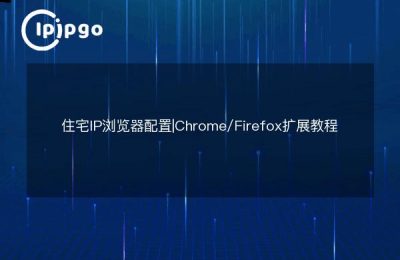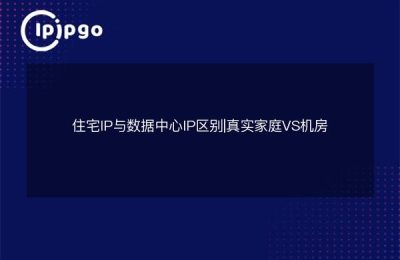
How to avoid IP blocking for multi-threaded crawlers?
When using a multi-threaded crawler, frequent requests can easily trigger the blocking mechanism of the target website.The core solution idea is to control the frequency of requests from individual IPs. Let's say you have 100 threads running at the same time, if they all go to the same proxy IP, and 100 requests are made in 10 seconds, there is a high probability that the target site will block that IP.
Recommended for ipipgoDynamic Residential IP PoolFor example, set each thread to switch IP automatically every 3 requests. For example, set each thread to switch IP automatically for every 3 requests, which not only ensures the collection efficiency, but also disperses the request pressure. In practice, it is recommended to adjust the switching threshold according to the anti-crawling strategy of the target website.
Intelligent allocation scheme for threads and IP
Two allocation strategies can be adopted for different types of acquisition tasks:
| Type of strategy | Applicable Scenarios | ipipgo program |
|---|---|---|
| randomization | Short-duration tasks requiring high-frequency IP switching | Dynamic residential IP + automatic API switching |
| fixed bond (law) | Long-period tasks that require session maintenance | Static Residential IP + Session Holding Technology |
Suggested implementation at the code levelDual Queue Management: A threaded queue for task distribution and an IP pool queue for dynamic provisioning of available proxies. When there is an abnormal response from an IP, the system automatically moves it to the cooling queue and reactivates it for use after 30 minutes.
Three key parameters in the real world
1. Number of concurrent threads: Upper limit according to server configuration (recommended number of CPU cores x 3)
2. Request intervals: Dynamically adjusted random delays of 0.5-3 seconds
3. Failure to retry: Configure 2 times automatic retry mechanism to re-initiate after changing IPs
Using ipipgo'sIP Quality Monitoring InterfaceYou can get the agent status data in real time and automatically optimize the above parameters by response time, success rate and other indicators. Pay special attention to setting a reasonable timeout (recommended 8-15 seconds) to avoid threads being blocked for a long time.
Exception handling and logging
Establishment of a three-tier exception handling mechanism:
1. Automatic IP switching for single request failures
2. 3 consecutive failures with the same IP address will be temporarily suspended.
3. Failure rate of the entire batch of tasks exceeding 20% triggers an alarm
It is recommended to use the ipipgo providedRequest Log Analysis FunctionAutomatically generate visualization reports. Focus on the frequency of HTTP 429/503 status codes to adjust the collection strategy in time. Log records should include: the use of IP, request time, response status, time-consuming and other key fields.
Frequently Asked Questions QA
Q: Is a higher number of multithreads better?
A: Not so, need to consider the local network bandwidth and target server carrying capacity. It is recommended to start from 10 threads and increase gradually with ipipgo's IP pool expansion program.
Q: What should I do if I encounter a CAPTCHA?
A: Immediately reduce the frequency of requests from the current IP, using ipipgo'sHighly anonymous residential IPCan reduce the probability of CAPTCHA triggering. It is recommended to integrate third-party CAPTCHA recognition services.
Q: How to choose between Dynamic IP and Static IP?
A: Dynamic IP is suitable for scenarios that require frequent switching, while static IP is suitable for scenarios that require maintaining login status. ipipgo supports two modesSeamless switchingand all IPs are real home network environments.
By rationalizing the proxy IP management system with multi-threaded crawlers, together with the ipipgo-providedGlobal Residential IP Resourcesand professional technical support, can significantly improve the efficiency of data collection. It is recommended to conduct a stress test before formal deployment to optimize the parameter configuration based on actual feedback.








